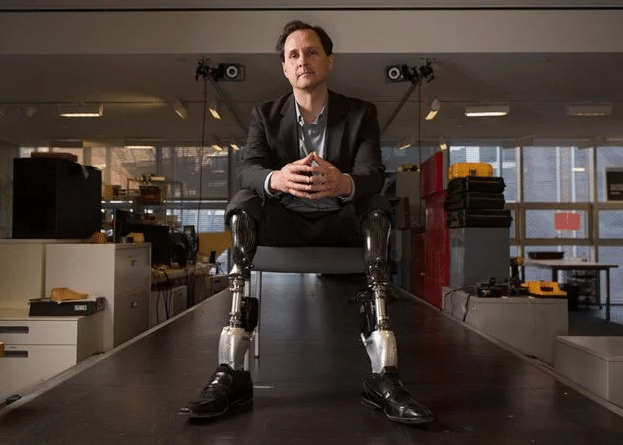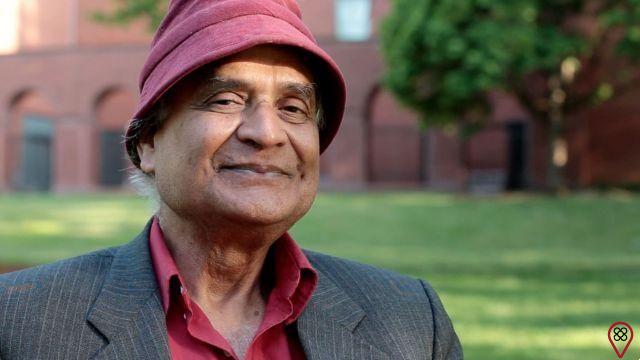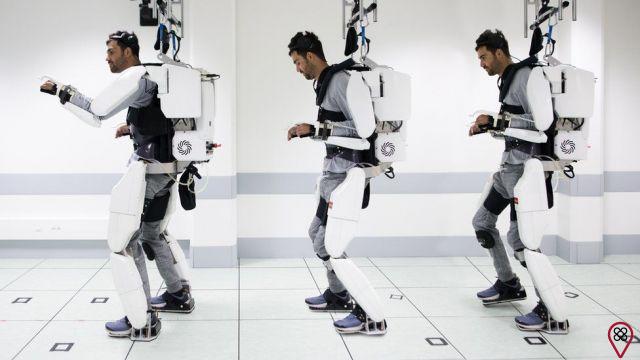In addition to the electric motor system, a neuro-embodied design allows the pianist's nervous system to be extended into the exoskeleton, while the exoskeleton's functionalities reach the pianist's nervous system. This system of the human body is responsible for controlling all the activities that a person is capable of developing. In this way, the limits of the pianist's muscles and joints were collected in the laboratory for the practice of physical activities, starting from a run on the treadmill.

Once the physical limit of the person in question is found by scientists, it is enough to develop an exoskeleton that overcomes this barrier without providing a feeling of fatigue to the user, although this reaction was natural of the human body to an activity practiced beyond its own capacity.
While this technology can be very beneficial, there are risks that concern the scientific community. The co-founder of the Foundation for Responsible Robotics, Noel Sharkey, points out that the work system could be altered in harmful ways. As the exoskeleton allows people to exercise without the burden of physical fatigue, they could work for many hours without feeling the effect of it on their bodies. However, mental fatigue would be inevitable, reducing the quality of life in the work environment.
To prevent the exoskeleton from being used with the aim of expanding people's work routines, Sharkey devised a tool that would function as an ethical framework. With it, the exoskeleton would automatically shut down after six continuous hours of operation. In contrast, researcher Tyler Clites, who is developing a doctorate on the pianist, says that the exoskeleton is a technology that can help people more than harm them.
About – Canaltech
Focused on the world of technology, Canaltech is one of the main news portals in España, with text, audio and video content, including product reviews, corporate topics and a daily newspaper. The news has full publications in partnership with the MSN and Yahoo portals and is present on all social networks.
As a reference in the segment, Canaltech is visited by more than ten million readers every month. With 250 million views on his YouTube channel, he was a recipient of the Digital Influencers Award and is a finalist for Influency.me.
You may also like other articles by the author: Technology Allows Cancer to be Diagnosed in Just 10 Minutes
























